Travel and photography are perfect bedfellows. Capturing exotic, and not so exotic locations in a unique and interesting way is a challenge to both professional and enthusiasts alike. Encapsulating the sights sounds and smells of a place in a single two dimensional digital image taxes the ability of any photographer. Yet it is incredibly fun and immensely satisfying when you do achieve that goal. Today we are going to take a look at what makes a good travel photograph.
What makes a good travel photo?
A Sense Of Place
Perhaps the single raison d’être of the travel photograph is to convey what a location is really like to the viewer. Whilst you can just arrive at a place and start taking photographs, a good photographer will sit and watch the many elements of the scene in front of him or her. If it's a city location she will watch how the locals go about their business, are they exuberant and joyful, maybe they are businesslike and efficient. The way the locals interact in their environment very often determines how that environment looks. From the modern efficient architecture of a business city to the ramshackle streets of a post colonial Latin American city, the chances are that the way the people behave is very much linked to their surroundings.
A similar approach of wait and watch is true for rural and natural landscapes, here you are looking for the way the light interacts with a scene, where the shadows fall, the small details of a majestic vista that help define that place.
The good travel photograph will not try and hone in on all of the elements that the photographer has isolated but rather concentrate on one or two that truly define the scene and then think of ways of capturing that scene in a unique and perhaps unusual way.
Identify a location without resorting to the obvious
A Sense of the People
City and rural travel images are not only defined by the architecture but also the people. People watching is an important part of travel photography – it allows us to identify the unique traits that the locals have. When shooting people for travel images, we need to step beyond the bounds of normal portraiture. Whilst we can go in close and capture the beauty of people, we should also step back and show them in their environment. A close up shot of a young boy in Havana may be have been taken anywhere in the Caribbean, step back and show his surroundings and we immediately define his location as well as character.
Direct interaction with the camera will sometimes give us the shot we are looking for but in other scenarios, it is better to show the person at work, at play or interacting with friends or relatives. If the person you are shooting is happy, spend a little time with them, get to know them a little and allow them to relax around you.
Spending time with subjects will allow them to relax
A Yemeni Fisherman with typical fishing boats behind
A Sense of the Details
Whilst the grand sweeping cityscape or perfect architectural shot might be the obvious photograph, very often the best travel images are the ones that capture the unique little details of a location. The London Eye is a major landmark and helps define the city yet if you look at it in detail you will see unique elements of it, for example, the pods, that still define which city we are looking at. Most locations have these unique identifiers, the key is to isolate them and take an image that is both it interesting and yet tells us where we are. Sometimes the very best shots are the ones that isolate a little detail yet in the background hint at the environment we are in.
The unique looking pods of the London Eye
Details of the iconic Tagus Bridge in Lisbon
A Sense of Light
All good travel shots have one thing in common, good light. The light is another important aspect of defining a location. From the warm, hazy early morning light of a tropical city to the cold but clear blue light of an arctic town in winter, we need to understand how the light typifies a location and gives it a sense of place. Of course the light does not always play ball, so it is important to analyse the weather not only just before you go but well in advance. Does the location have a rainy season? Will the winter be so harsh and dark that photography will be all but impossible. These are important considerations to be made before we even get to the photographing stage.
The light has to suit the subject.
Use the Golden Hour to your advantage
A good travel photo, needs to have at least some of the elements above to make it good, but beyond these points you need to try and make you angles and compositions unique. Whilst its easy to say, avoid the cliches, but even a cliched shot can be good if approached in a slightly different and new way.
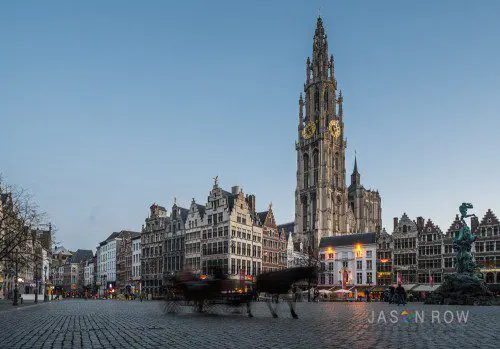

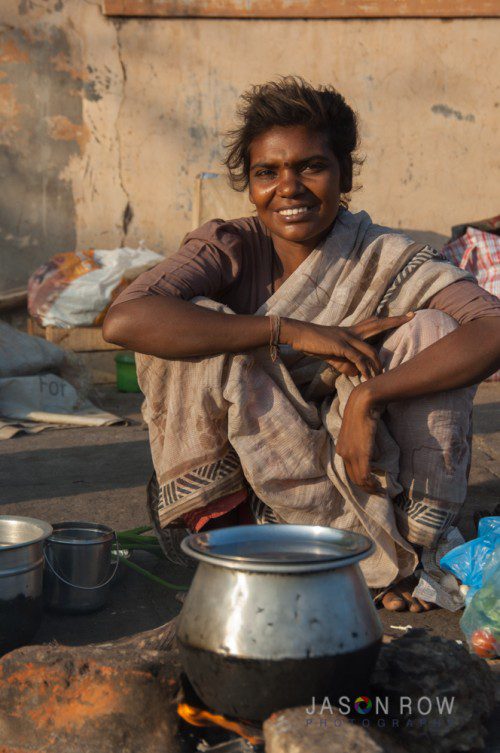
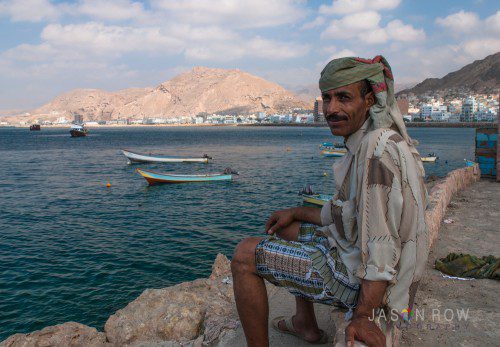
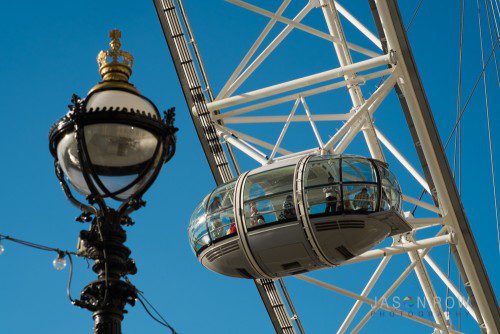
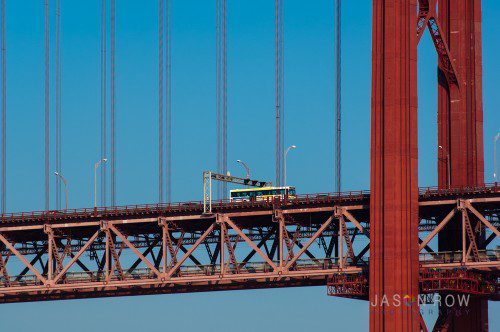
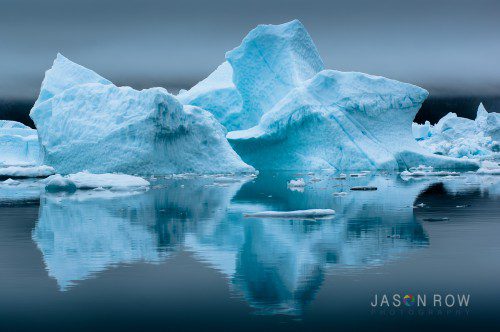
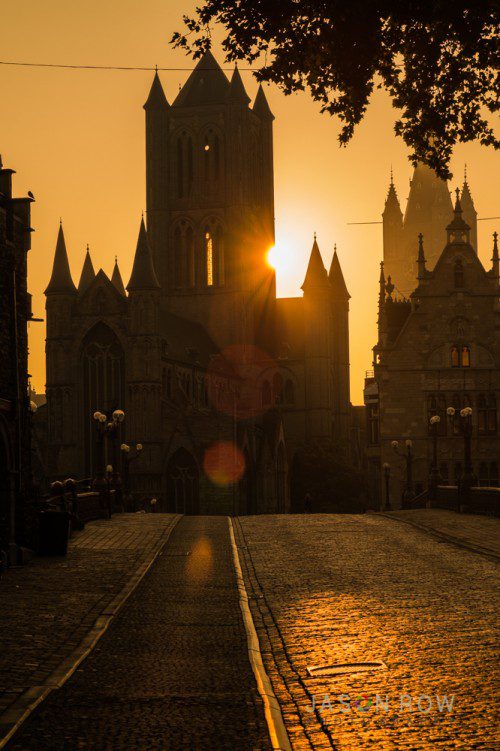

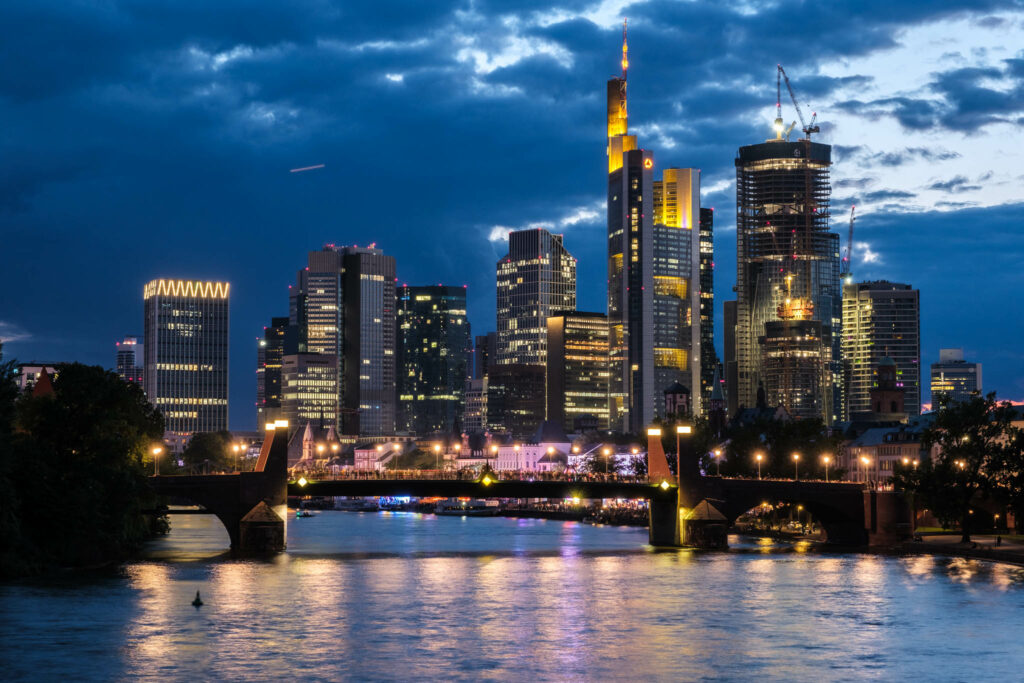
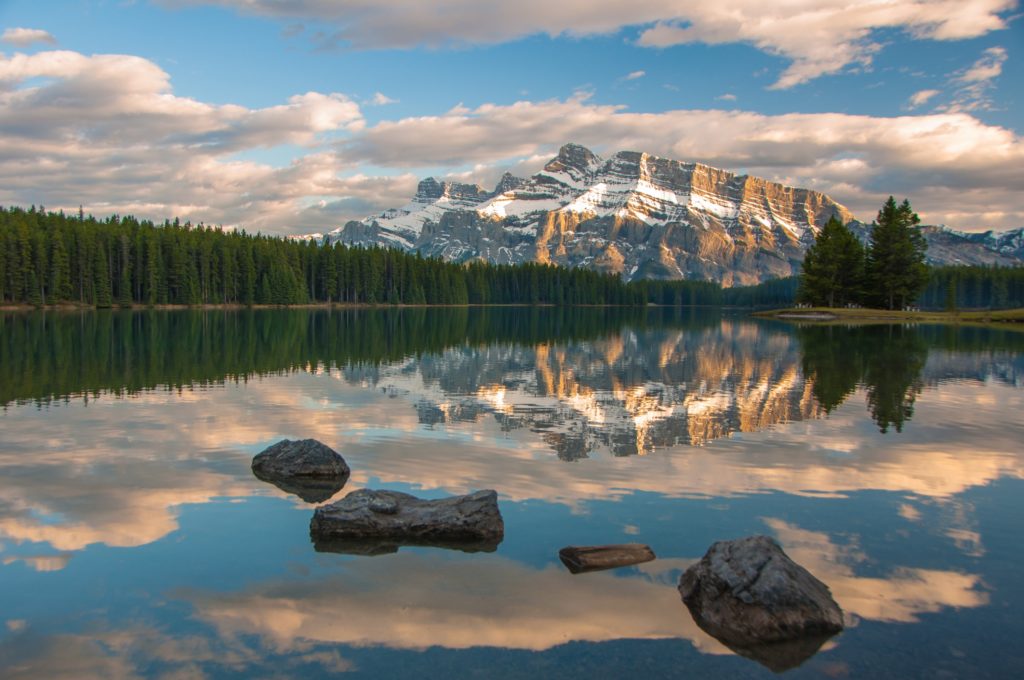
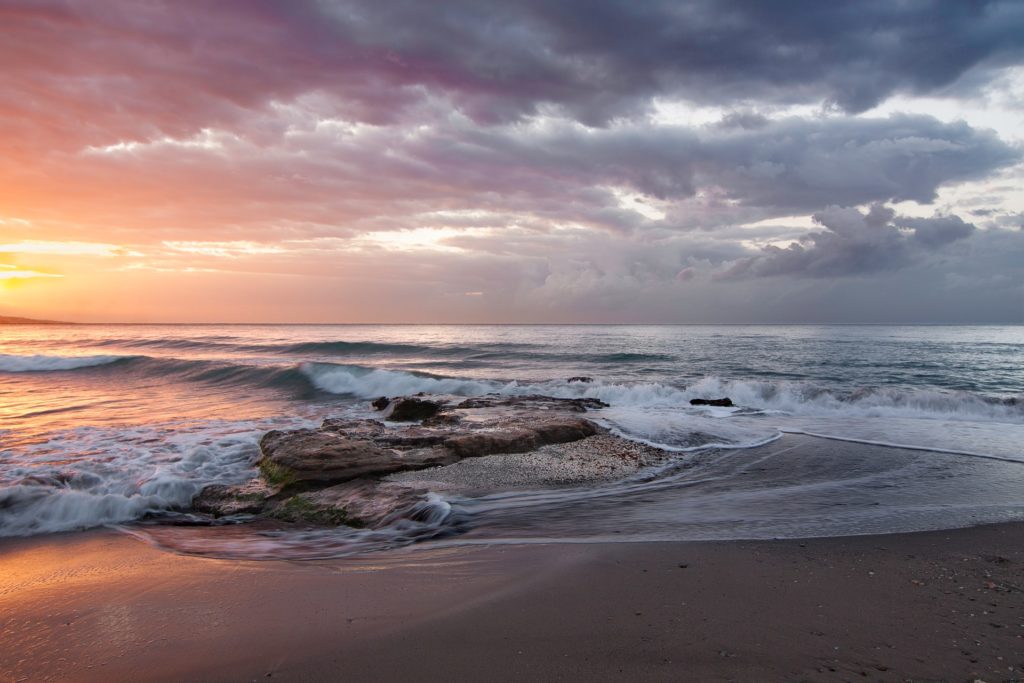
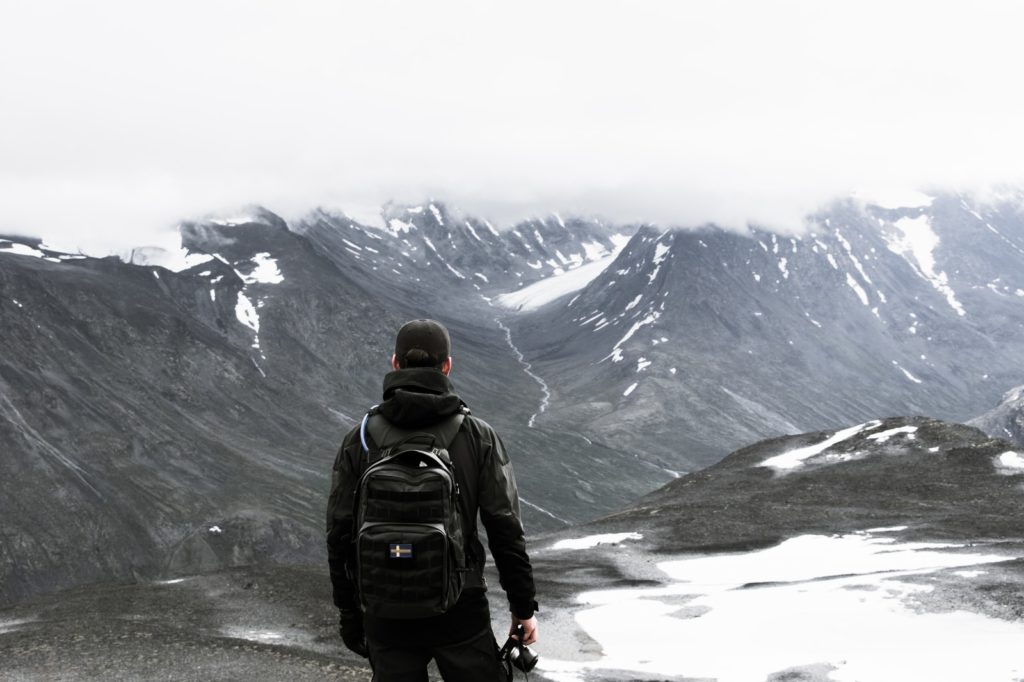
2 Comments
I agree with the observations mentioned in this article taken one by one, but I would go one step further and I would add that one photograph is not enough to convey or portray a place, with its complexities and many angles, therefore a series of photographs is needed for this purpose, and in light of this all advices given here are apropriate and valid. You need to sequence and curate very carefully your photographs with certain narrative to achievce thios goal.
Nice article! Simple facts on travel photography we need to keep in mind. Thanks for sharing the tips!